Retail Lab: Why Brands are Developing Third Spaces
It’s at the intersection of commerce, content and community where true customer value can be unlocked.
A third space is a where retailers and brands can truly go beyond the product and the sale to meet customers in a social environment where they are gathering to recharge, engage in meaningful conversation, or learn.
In other words, it’s where customers are relaxed enough to appreciate the finer details of their surroundings and they’re more likely to react positively to them than they would in a store environment that’s specially engineered to sell to them.
Let’s break this down, and define why commerce, content and community matter in modern retailing.
Commerce: retail is built on buying and selling, but how this is done is rapidly changing. Customers are fed up of crowded stores and messy spaces, which is why many now prefer to order online and skip the store altogether. The issues with this are increased returns, lack of connection, and a reliance on technology. Third spaces provide an opportunity to sell without the noise, but with the huge opportunity to build a genuine connection with the customer.
Content: retail is about great product, but it’s the communication around those products that drives sales. Retailers need to be clear about what they stand for, the value they can add, and how their overall offer is unique; this is mainly done via the content they put out in marketing campaigns, via influencers and on social media. But content is everywhere and the noise is deafening so customers have stopped listening. The solution? Create a space dedicated to communication on a more subtle and personal level to make customers feel seen and valued.
Community: customers want to feel a part of something bigger, and retailers are using this to their advantage by building a group of invested and engaged customers and bringing them in to a brand space to learn, engage, feel immersed and buy. It’s a powerful strategy that’s worth the investment because people listen to people. Third spaces build genuine connection and trust, and they have the added bonus of feeling exclusive and fun.
Here are some examples of retail third spaces that surprise and delight
The Chanel Rouge Coco Playground, where customers can choose their perfect lipstick and play games.
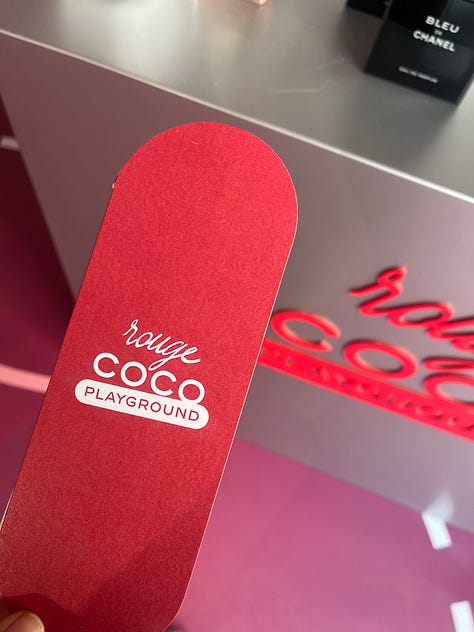
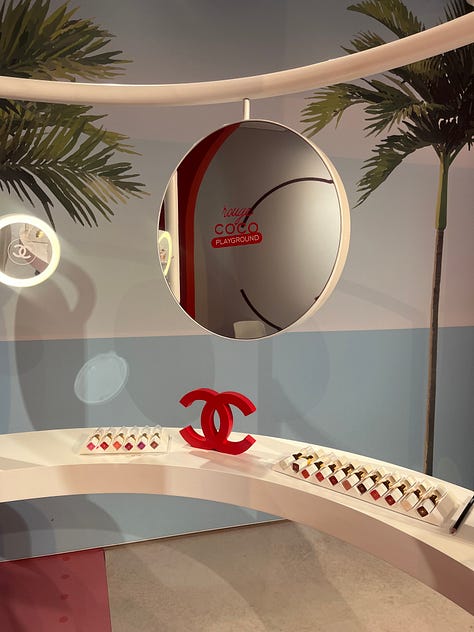
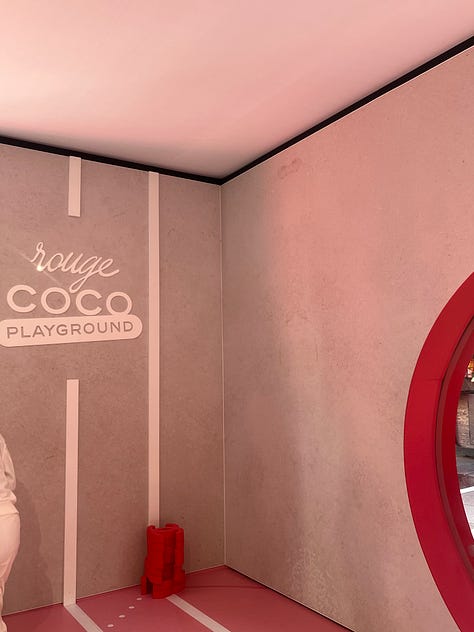
The Jo Malone pop up where customers where given free samples and exclusive offers.
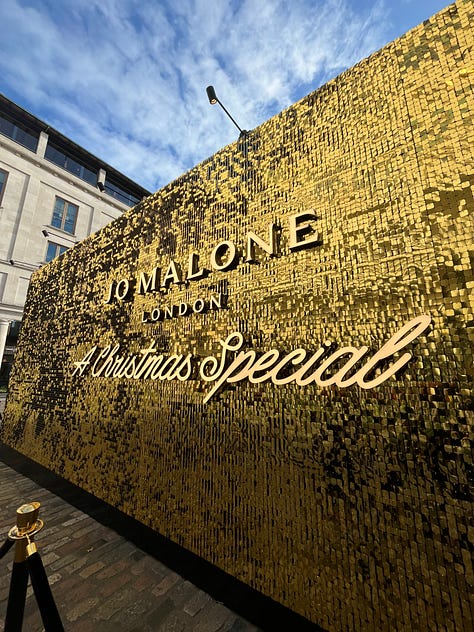
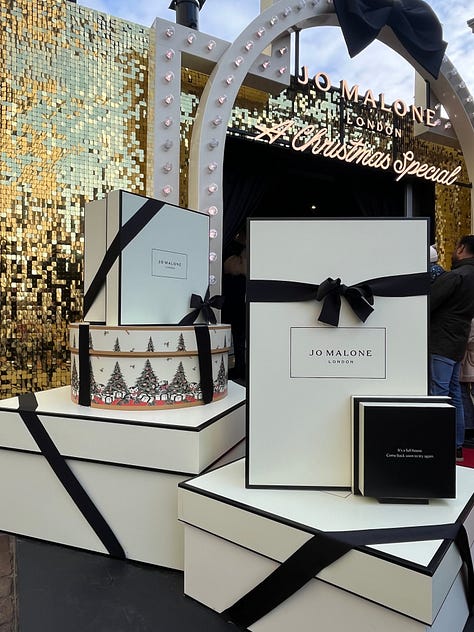
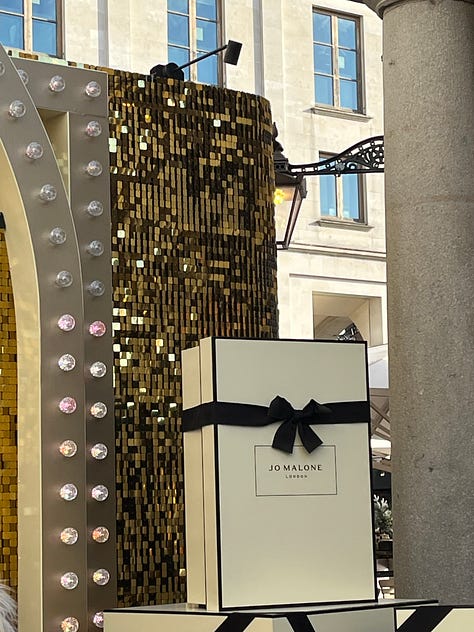
The Barbour exhibition where the brand displayed their most iconic pieces and gave us an insight in to their history.
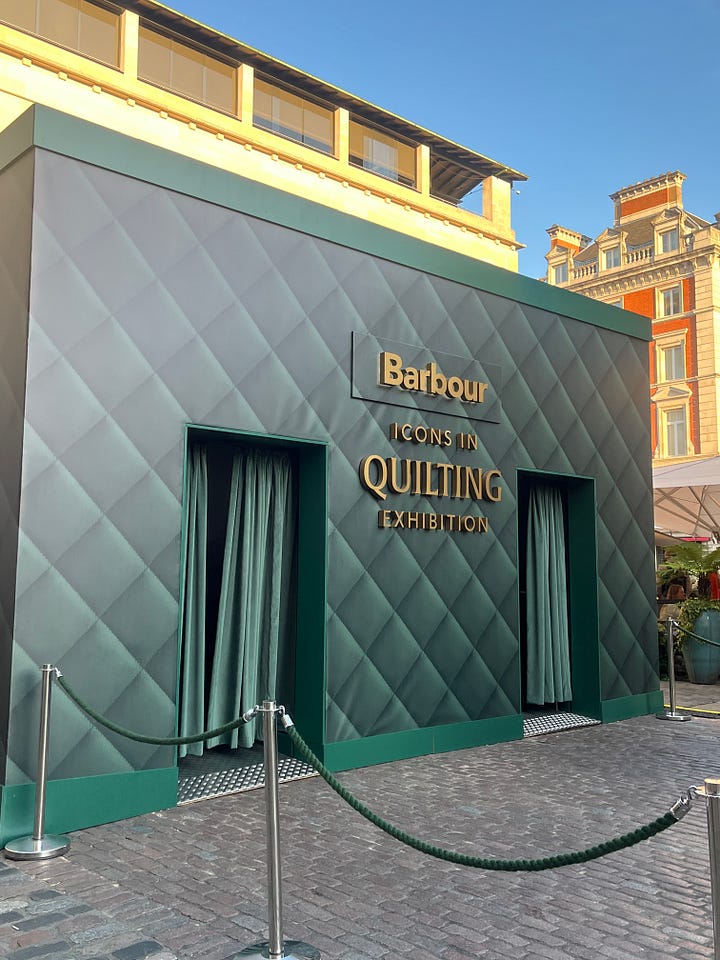
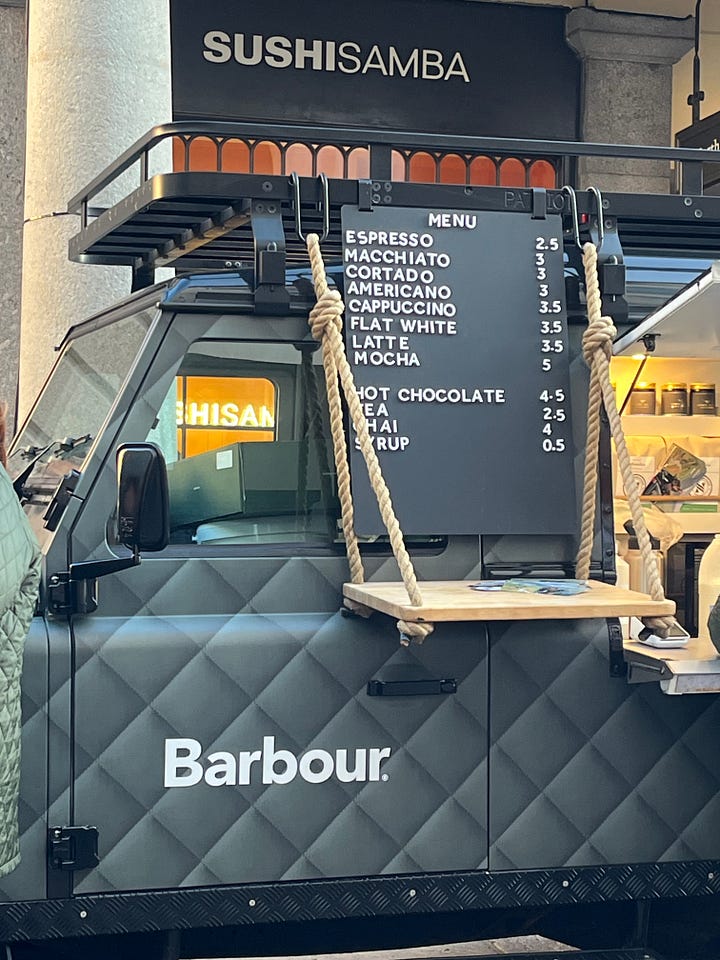
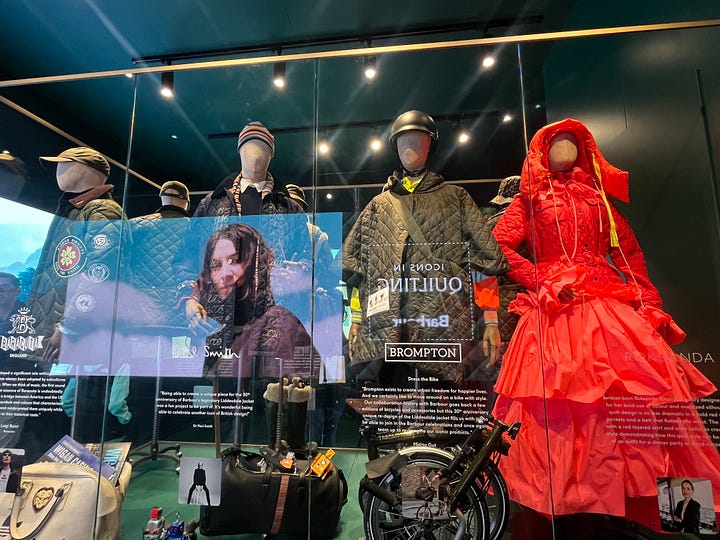
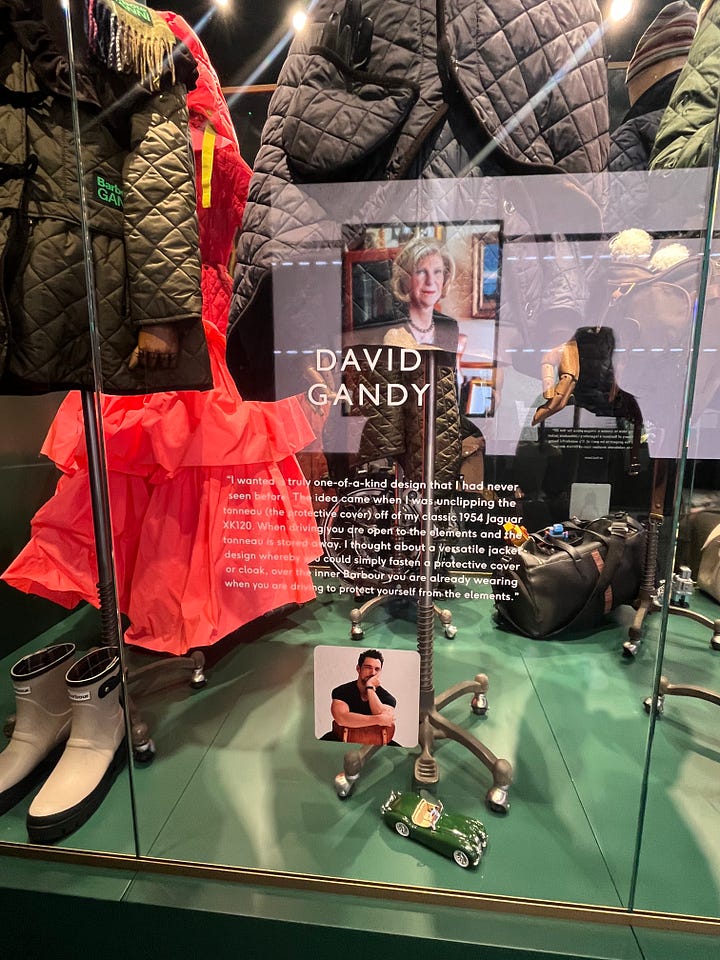
What does the future look like?
From a consumer point of view, exciting. There is no end of possibility when we consider that the biggest brands can create luxury spaces in the most perfect locations, and give consumers an inside look at their brand ethos.
The future of retail is aligned with consumers’ lifestyles and meeting them where they are, so I expect to see more personalised makeovers and styling sessions, themed menus and cocktail making classes to inspire and delight.
In the end, retail has always been about connection, specifically connecting with the customer over a product, and what better way to do that than in a purpose built third space that takes them away from the noise of competitors?



